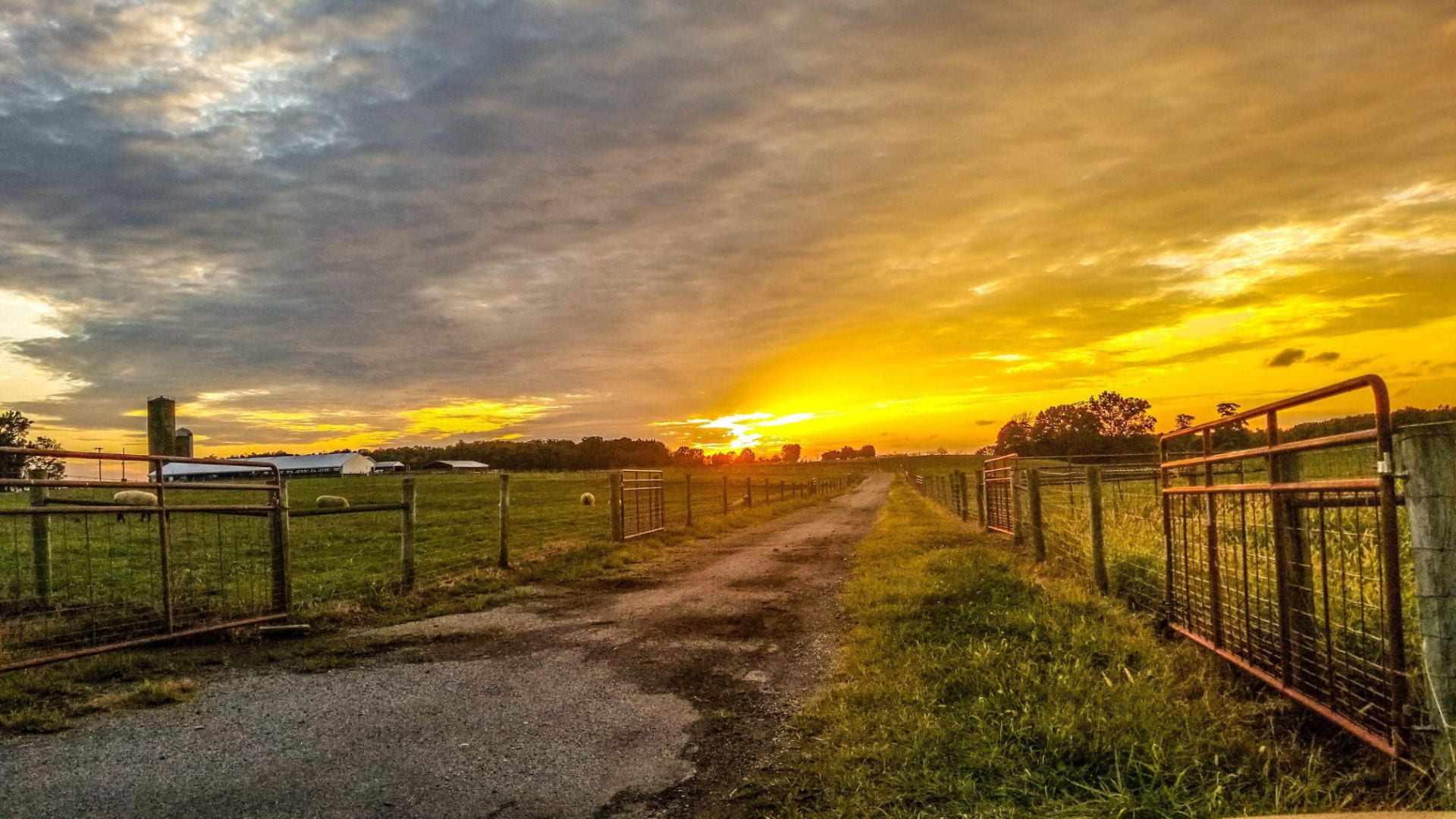South Dakota State University Extension
(Previously published online with: DakotaFarmer, FarmProgress: October 9, 2024)
Tips can help prevent disease that blocks urinary tract in male ruminants.
can help prevent disease that blocks urinary tract in male ruminants.
Male sheep and goats can be afflicted with waterbelly, which can lead to major production losses. Also called urolithiasis or urinary calculi, waterbelly can affect wethers feeding on a high-concentrate ration.
The disease is caused by small stones forming in the bladder that later block the urethra. The stones cause reduced urine flow, hunched backs and abdominal discomfort. Young wethers are more prone to the condition. The inability for the animal to urinate will cause the bladder to distend or rupture, hence the name, waterbelly.
To guard against the disease in your flocks, know the symptoms, forms of waterbelly and ways to prevent it. With
proper nutrition and husbandry, this condition can be easily prevented.
How do stones occur?
Most often, wethers develop these stones due to an improper calcium-to-phosphorus ratio in their ration. Four types of stones can occur with improper nutrient balances:
1. Phosphatic. These soft, small stones build up in the urinary track of animals on concentrate diets. Unlike other crystals, these are hard to see on an ultrasound. High phosphorus in the diet is the root cause.
2. Calcium carbonate. The stones are more common when feeding a high-legume diet, such as alfalfa. They are caused by excess calcium in the animal’s diet.
3. Calcium oxylate. The stones occur in animals grazing oxylate-containing plants such as greasewood. These toxic compounds can cause hypocalcemia and death.
4. Silica. Crystal types of stone are caused by forages with high amounts of silicate, which are seen more often in Western states with high-silicate soils. Excess calcium or insufficient phosphorus while grazing results in these hard stones.
Prevention and treatment
Providing clean, quality water is a top priority. Promoting water consumption to dilute the urine and increase urination is the easiest way to prevent waterbelly. On a high-grain diet, the animal’s body shunts water to the rumen, which decreases urination. Providing free-choice salt can encourage water intake.
Ensure that the diet contains a calcium-to-phosphorus ratio of 2-to-1. Phosphatic stones are a result of too much phosphorus, and calcium carbonate stones are caused by too much calcium.
Ammonium chloride can be added at 0.5% of the ration to reduce the risk of phosphatic stones by increasing the urinary pH and dissolving the stones. However, if animals are suffering from calcium carbonate stones, this treatment might not dissolve the stones and may lead to over-acidification and additional calcium excretion, which can increase stone formation.
If waterbelly occurs in your flock, work with a veterinarian to identify the type of stone for the best management and treatment decisions.
